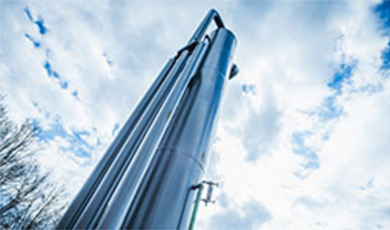- Albanian
- Arabic
- Belarusian
- Bengali
- Czech
- English
- French
- German
- Hebrew
- Hungarian
- Indonesian
- irish
- Italian
- Japanese
- kazakh
- Persian
- Russian
- Thai
- Uzbek
- Vietnamese
roller coaster cart design
Designing a Roller Coaster Cart Safety, Comfort, and Innovation
Roller coasters are one of the most thrilling attractions in amusement parks worldwide, captivating riders with their twists, turns, and exhilarating drops. At the heart of any successful roller coaster experience lies the design of its carts. These carts, or trains, are not merely vehicles; they’re intricately engineered systems that prioritize safety, comfort, and innovation. This article delves into the essential aspects of roller coaster cart design and how various elements come together to create an exceptional ride experience.
Safety First
The foremost priority in roller coaster cart design is safety. Engineers must ensure that the carts are robust enough to withstand the extremes of high-speed motion, sharp turns, and sudden drops. To achieve this, designers utilize advanced materials like high-strength steel and composites that are capable of enduring significant stress while remaining lightweight. Safety features such as over-the-shoulder restraints, lap bars, and seat belts are crucial, as they keep riders securely in their seats throughout the ride.
Moreover, modern carts often include sensors that monitor various parameters, including speed, structural integrity, and rider safety restraints. In addition, rigorous testing protocols simulate wear and tear over time, allowing engineers to make necessary adjustments before the roller coaster opens to the public.
Comfort Matters
While safety is imperative, the comfort of the riders is equally significant. Designers must think about how to create an enjoyable experience without compromising thrill. For instance, the ergonomics of seating is a critical consideration. Carts may feature contoured seats and cushioned padding to accommodate riders of various sizes and improve overall comfort. Additionally, the design of legroom and space between seats plays a role in reducing discomfort, especially during longer rides.
Another critical aspect of comfort is noise reduction. High-speed roller coasters are often loud due to the sound of wheels on tracks and the rush of wind. Engineers have developed ways to minimize these noises through sound-dampening materials and innovative wheel designs that reduce friction and improve glide.
Innovative Technologies
roller coaster cart design

Innovation in roller coaster cart design goes hand in hand with advancements in technology. One example is the use of magnetic propulsion systems, which eliminate the need for traditional lift hills and provide a smooth, rapid acceleration. This technology not only enhances the thrill of the ride but also allows for unique coaster layouts that were previously impossible.
Furthermore, designers are now exploring the integration of virtual reality (VR) experiences directly within roller coaster carts. By equipping carts with VR headsets, parks can offer riders a fully immersive experience that enhances the thrill of the ride. This integration demands significant design changes, as the carts must accommodate the additional weight and ensure the secure placement of headsets.
Aesthetic Appeal
The aesthetics of roller coaster carts can’t be overlooked. The visual design plays a crucial role in attracting riders and enhancing the overall thematic experience of the coaster. Designers often collaborate with artists to create eye-catching paint jobs, imaginative shapes, and exciting themes that resonate with the roller coaster's storyline or setting. For instance, a cart designed for a space-themed roller coaster might incorporate sleek, futuristic designs, while a pirate-themed coaster could mimic a ship’s appearance.
Environmental Considerations
As environmental consciousness grows, roller coaster cart designers are also considering the ecological impact of their creations. Sustainable materials and energy-efficient designs are becoming more popular. For example, some parks are investing in energy regeneration systems that harness the kinetic energy produced by the ride and send it back to the park's grid.
Conclusion
The design of roller coaster carts is a multifaceted endeavor that combines safety, comfort, innovation, aesthetics, and sustainability. As technology evolves, so too will the designs of these thrilling rides, pushing the boundaries of what is possible and enhancing the experience for riders. With careful considerations and creative approaches, the roller coaster cart design will continue to captivate thrill-seekers for generations to come, ensuring that the joy and excitement of amusement parks remain timeless.
-
Flume Ride-Hebei Zhipao Amusement Equipment Manufacturing Co., Ltd.|Thrilling Water Attraction&Customizable DesignJul.30,2025
-
Flume Ride - Hebei Zhipao Amusement Equipment | Water Coaster, Thrilling DescentJul.30,2025
-
Flume Ride - Hebei Zhipao | Thrilling Water AttractionJul.30,2025
-
Flume Ride: Thrilling Water Attraction by Hebei Zhipao|Log Flume Manufacturers&Flume Ride DesignJul.30,2025
-
Flume Ride-Hebei Zhipao Amusement Equipment Manufacturing Co., Ltd.|Thrilling Water Coaster, Safe DesignJul.30,2025
-
Flume Ride-Hebei Zhipao Amusement Equipment Manufacturing Co., Ltd.|Thrilling Water Attraction, Safe DesignJul.30,2025
